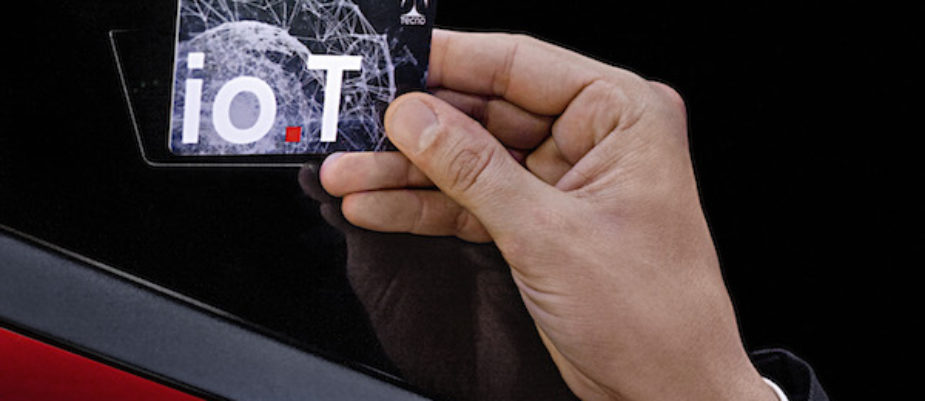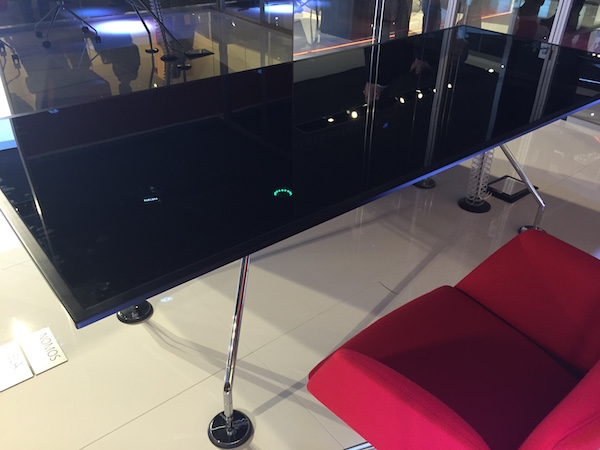
I.o.T. (Intelligence of Tecno) is the concept that has aroused more curiosity and positive comments at Salone Ufficio 2015: really a tangible vision of Workplace 3.0. Not a product, but a very concrete way that enables connectivity among people, building and furniture. Tecno combined its “analogic” experience and excellence with the intangible and “digital” one.
I.o.T. was developed by Tecno,in collaboration with Gtp design studio and technological Partners Telecom, STMicroelectronics, Digitronica.it, Fae++.
In the video Giuliano Mosconi, president of Tecno presents the company’s approach and Cesar Mendoza, GTP’s designer explains the most important details of the interactive features and technological performances.
The possibility of making services for companies even more complete and of expanding the design possibilities in the relationship between furnishings, context and the users, suggests Tecno the production of io.T furnishing families with updatable interactive features, which emphasize the elegance of Tecno products and the smartness of the objects.
Digital equipment connects, within the systems of a company, the activities of objects and things and it makes it possible to establish performance levels and needs also in relation to the life of the building. The connected world changes and improves business processes, facilitating internal and external communication, activating remote control and allowing costs reduction.
How I.o:T works?
The functions applied to io.T expand on those introduced with home automation, allowing the connection with propagation nodes that can manage other end devices in the network whether close-by or far away, which transmit their status and condition, receiving in response, for instance, a maintenance reminder program, to foresee and prevent anomalies and failures or schedule service visits. Optimizing desk and workplace usage. Adjusting lighting, air conditioning and cooling of rooms, based on personal, usage and external climate requirements and therefore consumption. Or arranging for the preparation of spaces for collective meetings based on the order of the day. Structuring the identity and the authentication of objects and people within an organization to improve co-ordination of activities on an interconnected map.
In the century of the ubiquitous society objects, irrespective of their shape, become platforms capable of satisfying our needs, so it is indispensable to generate the availability of combining the necessary functions and the possibility of cross-referencing them with the desired parameters.

















